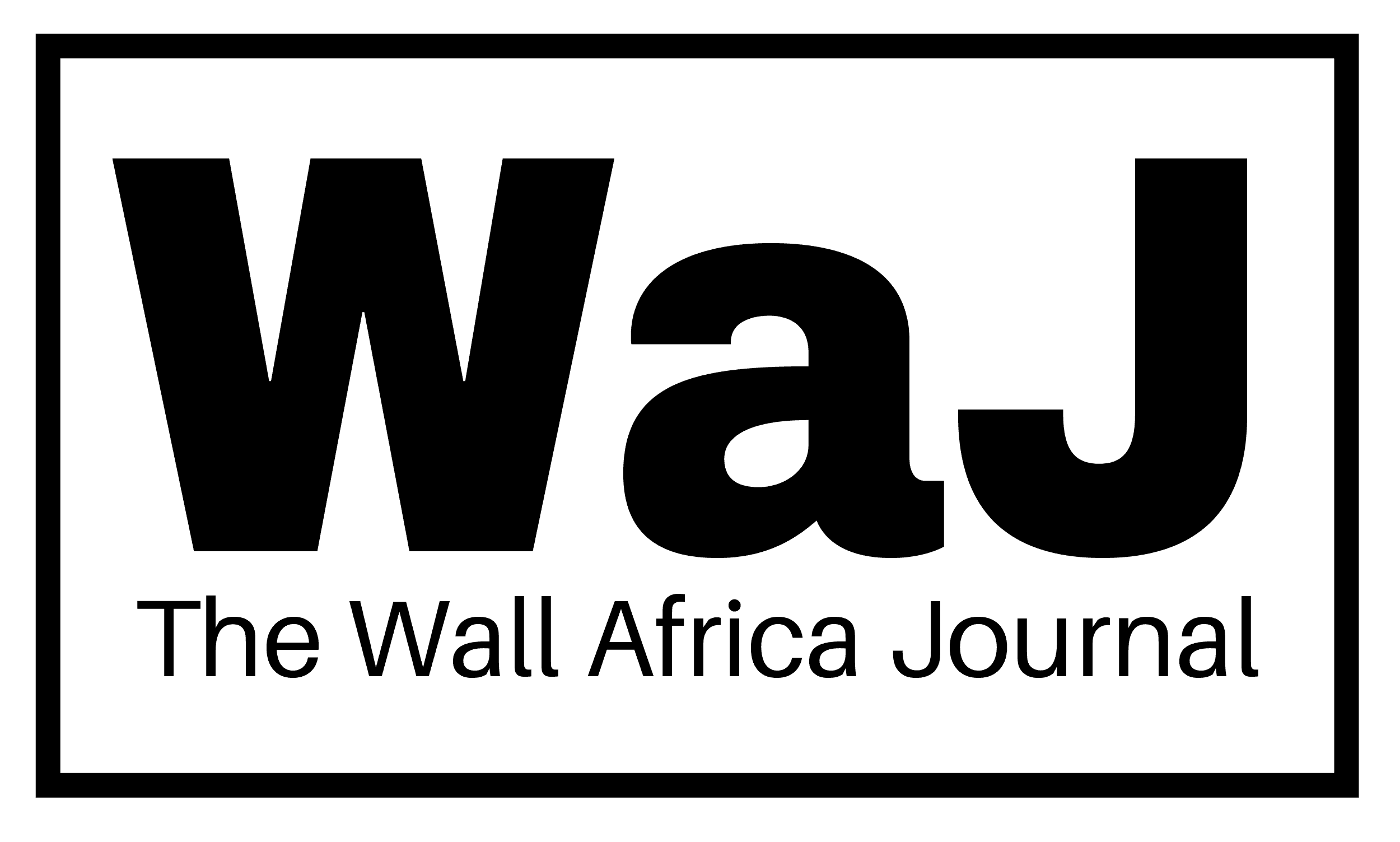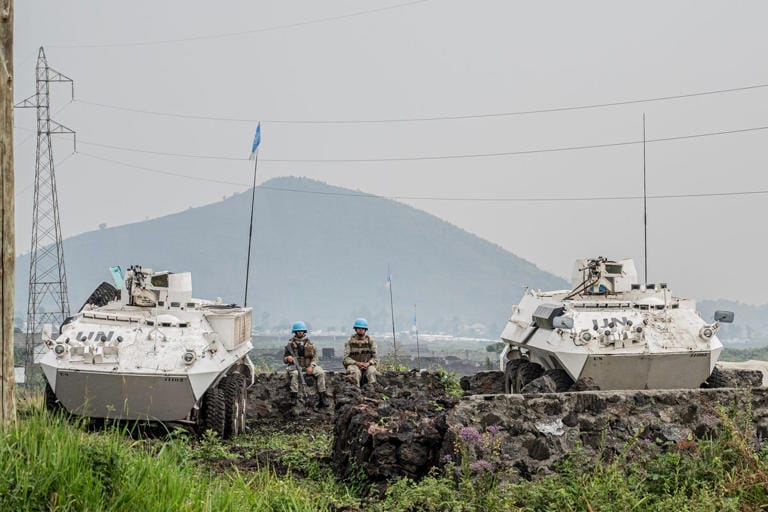In a significant diplomatic move, the head of the United Nations peacekeeping mission in the Democratic Republic of Congo, Bintou Keita, met on Friday with leaders of the M23 rebel group in Goma, marking her first visit to the city since it was seized by the insurgents earlier this year.
The high-stakes meeting centered on MONUSCO’s ongoing mandate in the volatile region, with a strong emphasis on the protection of civilians, according to a post shared by the U.N. mission on X. Keita’s discussions included Corneille Nangaa, who heads the Congo River Alliance—a political and military coalition that includes M23 fighters—and other senior rebel officials.
During the dialogue, rebel leaders expressed a stated interest in resolving the protracted conflict through peaceful means. “The rebel authorities expressed their willingness to find a peaceful solution to the crisis,” Keita said, signaling a potential, though uncertain, diplomatic opening in one of the world’s longest-running conflicts.
Eastern Congo has remained a flashpoint of violence for decades, but the situation escalated dramatically at the start of 2025. The Rwanda-backed M23 movement launched a renewed offensive, capturing Goma in North Kivu province in January, followed by the strategic city of Bukavu in February. These gains have expanded the group’s territorial control, further straining already fragile security dynamics.
Although the Congolese military and M23 rebels announced a tentative agreement in April to seek a ceasefire, the fighting has shown no signs of abating. Skirmishes between the two sides persist, undermining peace efforts and exacerbating the humanitarian toll.
The timing of Friday’s meeting was particularly notable, coming just weeks after M23 was accused of grave human rights abuses in areas under its control. In a damning report published in May, Amnesty International alleged that the rebel group had committed a range of violations, including killings, torture, and the forced disappearance of civilians in both Goma and Bukavu.
M23 is one of approximately 100 armed groups operating in eastern Congo—a region prized for its mineral wealth but destabilized by decades of conflict. The proliferation of militias has contributed to what the U.N. describes as one of the most severe humanitarian crises in the world. Over seven million people have been displaced, with more than 100,000 fleeing their homes in 2025 alone.
The group is believed to be supported by around 4,000 Rwandan troops, according to U.N. experts. This support has enabled M23 to mount coordinated offensives, and at times, rebel leaders have threatened to march on the capital, Kinshasa, located over 1,600 kilometers west of the current frontlines.
MONUSCO—short for the United Nations Organization Stabilization Mission in the Democratic Republic of the Congo—was established in 2010. It replaced an earlier peacekeeping operation with the aim of protecting civilians, supporting humanitarian efforts, and assisting the Congolese government in rebuilding and stabilizing the region. However, its presence has long been met with skepticism and anger from local populations.
Frustration with the mission has intensified in recent years as residents claim MONUSCO has failed to prevent deadly rebel attacks. Protests against the peacekeepers have become increasingly common and, in some instances, have turned violent, resulting in fatalities and injuries.
In light of growing public discontent, the Congolese government requested the gradual withdrawal of U.N. forces. The Security Council responded in 2023 by unanimously approving a phased drawdown of MONUSCO, paving the way for Congolese forces to take full control of national security. The withdrawal began with the peacekeepers’ departure from South Kivu province last year.
Keita’s visit to Goma has sparked mixed reactions among residents. Some see her arrival as a hopeful sign that international attention remains focused on the crisis. “She’s here to carry out interventions where insecurity reigns in the country, and that’s why, in my opinion, her presence in the city of Goma will change many things,” said Abiba Kasole, a student in the city.
Others voiced deep skepticism over the mission’s impact. “What we think of MONUSCO, since it has been here with us, is that we live a miserable life,” said local resident Muguiko David. “They say they are here to help bring peace, and the peace they’re supposed to bring—we don’t see it.”
As MONUSCO prepares for its eventual exit, the challenge of securing eastern Congo appears far from resolved. Whether Friday’s meeting signals the start of serious peace talks or remains a symbolic gesture amid ongoing bloodshed remains to be seen.



